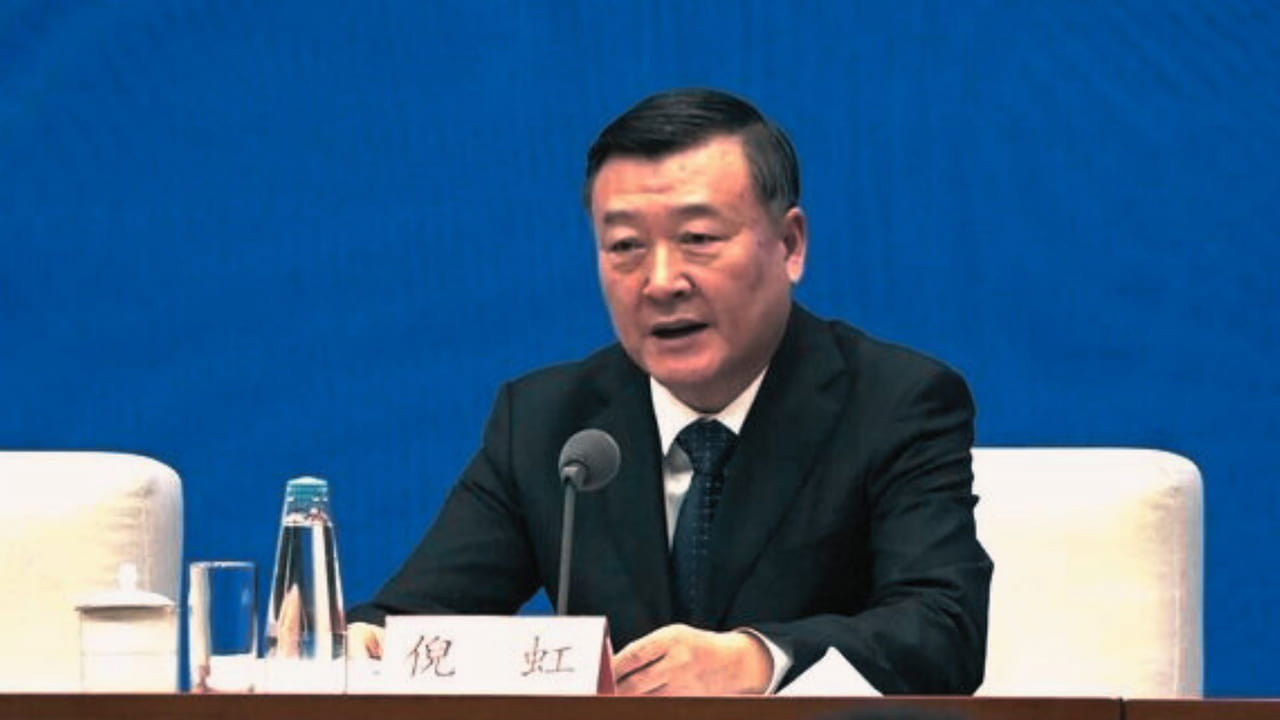China’s housing gamble: billions pour into unfinished homes.
The government has intensified its “white-list” program, a bold move that is transforming China’s real estate landscape. They’re now aiming to funnel a whopping 4 trillion yuan (that’s $562 billion) into loans for unfinished homes by year’s end. However, despite this massive cash injection, the market isn’t responding as expected.
The Big Picture
As a news reporter on the ground, I can tell you the mood is mixed. Property shares took a nosedive after the announcement, with some falling over 8%. Investors were clearly hoping for more.
Here’s what’s going down:
- China is increasing its loan allocation for unfinished housing projects.
- They’ve already pumped 2.23 trillion yuan into these “white-list” projects as of mid-October.
- The goal? Get those half-built homes finished and into the hands of buyers.
But it’s not just about throwing money at the problem. The government’s rolling out a whole toolkit to prop up the housing market.
Breaking It Down
Let’s sift through the complexities and delve into the essence of the situation:
- The “White-List” Program
Think of this as China’s VIP list for troubled housing projects. It’s all about making sure folks who’ve already paid for homes actually get to move in. Without this help, we could see another wave of frustrated homebuyers refusing to pay their mortgages.
- Village Makeovers
Here’s a surprising twist: China is planning to renovate 1 million homes in urban villages. It’s like an HGTV show, but on a massive scale. This move could breathe new life into older parts of cities.
- Help for Growing Families
If you’ve got two kids or more, you might be in luck. The government’s considering extra support to help these families find affordable housing. It’s a nod to China’s push for higher birth rates.
Why It Matters
This issue extends beyond physical property. The real estate sector is a huge deal in China, affecting everything from steel prices to local government budgets. A healthy housing market could mean the difference between hitting or missing the country’s 5% growth target this year.
The Expert Take
I caught up with Bruce Pang, a big-shot economist at Jones Lang LaSalle Inc. Bruce Pang believes that the government is strategically positioning the property market to act as a stabilizer, rather than the primary driver or the biggest hindrance to the economy.
But not everyone’s impressed. Raymond Cheng from CGS International Securities Hong Kong points out that some investors were hoping for more concrete measures, like special bonds to buy unsold homes.
What’s Next?
The government’s not stopping here. They’re mulling over letting banks loan money to buy idle land. Plus, they’ve already cut mortgage costs for millions of homeowners, potentially saving them 150 billion yuan.
Big cities like Beijing and Shanghai are opening their doors wider, making it easier for people to buy homes. Smaller cities are going even further, scrapping buying limits altogether.
The Bottom Line
China’s pouring billions into its housing market, but it’s not a quick fix. Long-term instability in the property sector requires more than loans to stabilize it.
As this story unfolds, keep an eye on those property stocks and local housing policies. They’ll tell us whether this massive loan push is really working or if it’s just another drop in the bucket.
For now, it’s a waiting game. Will these measures be enough to turn things around? Only time will tell. However, it is certain that China will not surrender its real estate market without a fight.
Table of Contents
